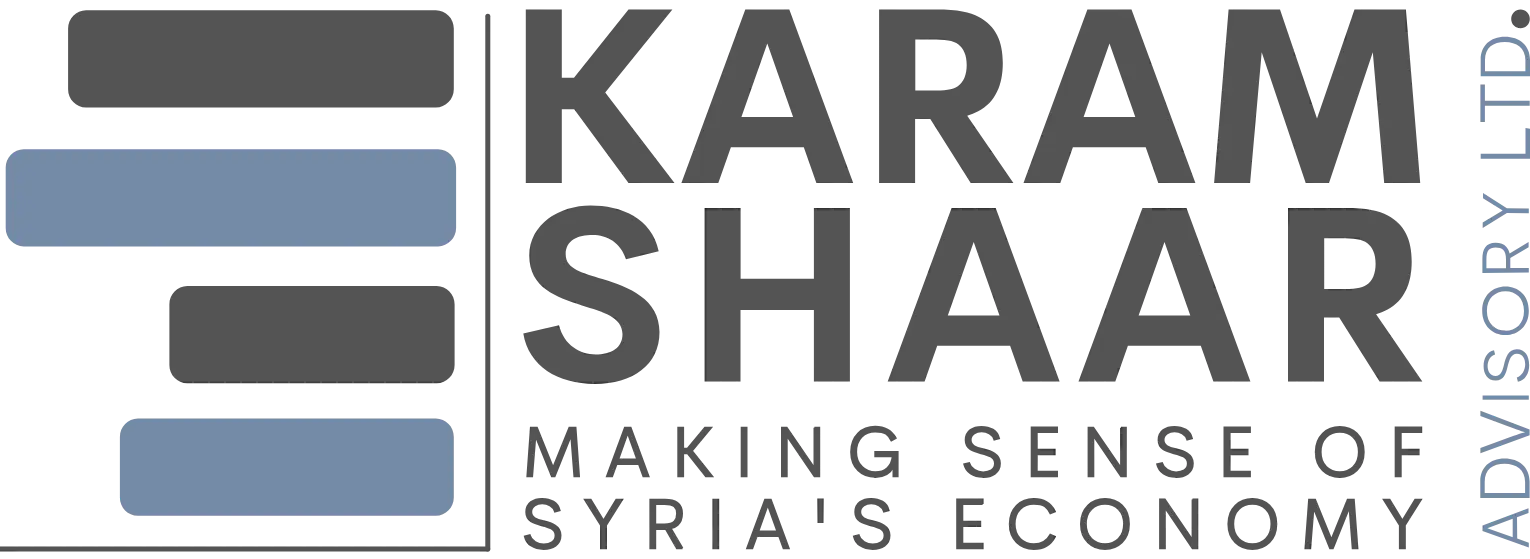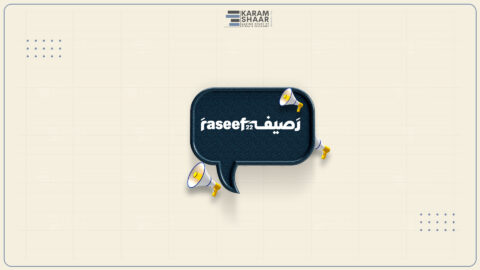Speaking to Raseef22, our Economist, Mulham Aljazmaty, underlined the dual meaning of Syria’s currency reform.
From a symbolic perspective, he noted that removing the former president’s portrait and erasing remnants of the old regime represent a political milestone and the beginning of a new national identity.
On the practical side, Aljazmaty explained that deleting zeros can make daily transactions easier, reduce accounting errors, and help the Central Bank regain control over the money market. He pointed out that more than 40 trillion Syrian pounds are circulating outside the banking system, and new banknotes could channel this liquidity back into formal institutions, giving policymakers a clearer picture of monetary flows.
Still, he cautioned against serious risks. Printing a “new lira” as a tool for financing salary increases would immediately erode purchasing power. The process itself would cost hundreds of millions of dollars for printing, banking system upgrades, and anti-counterfeit measures, while the transition period could cause operational confusion. Moreover, without structural reforms to increase local production and cut imports, the deletion of zeros risks sparking inflation and remaining a cosmetic step with little real effect on citizens.

